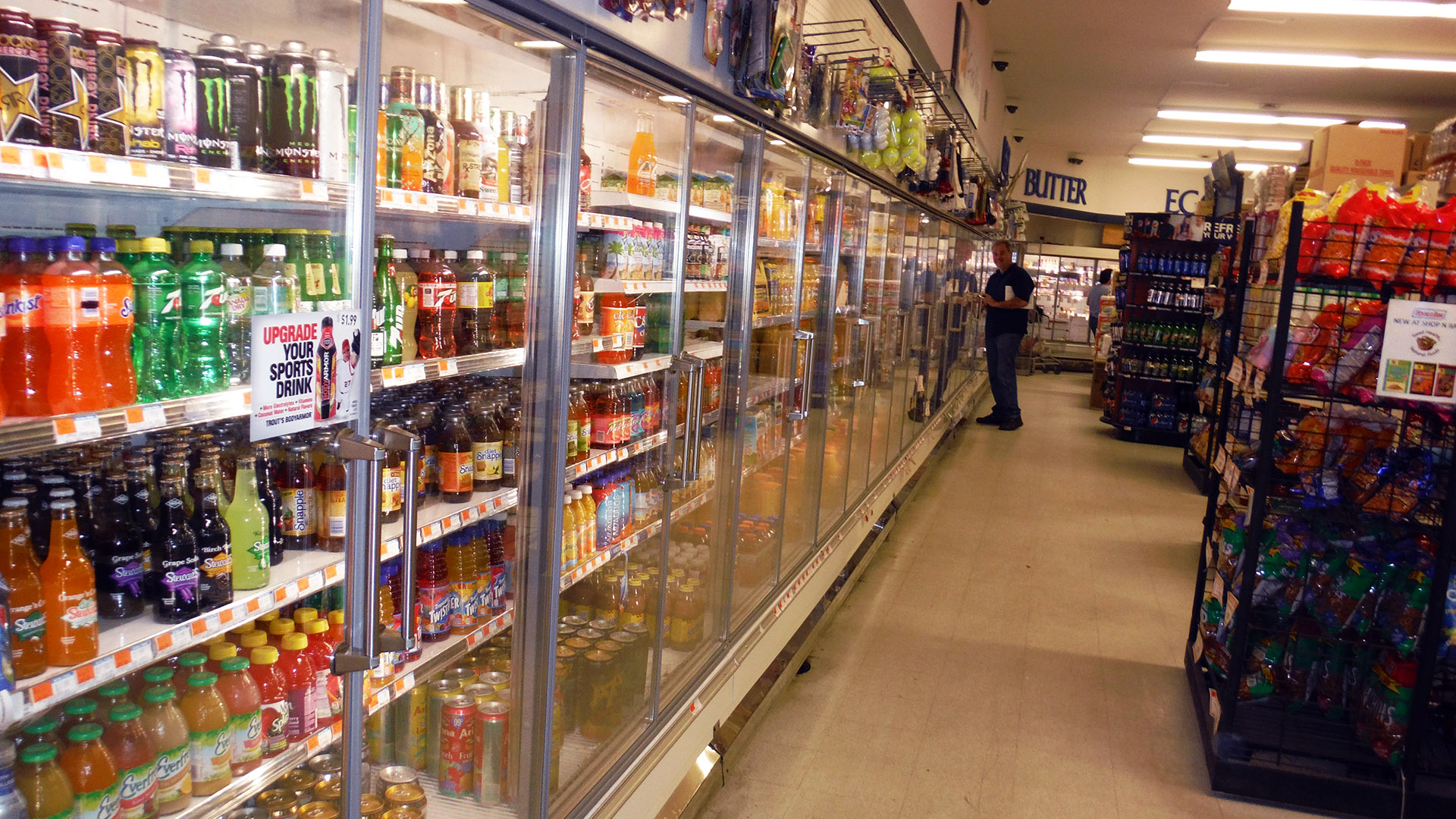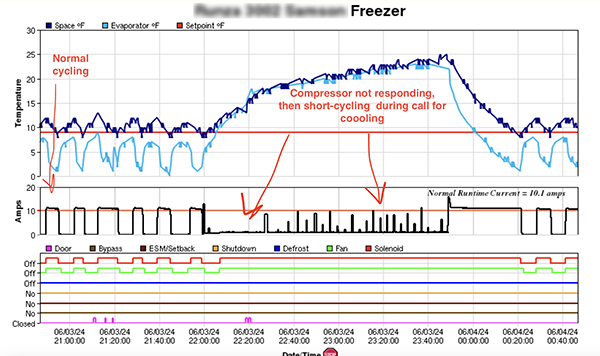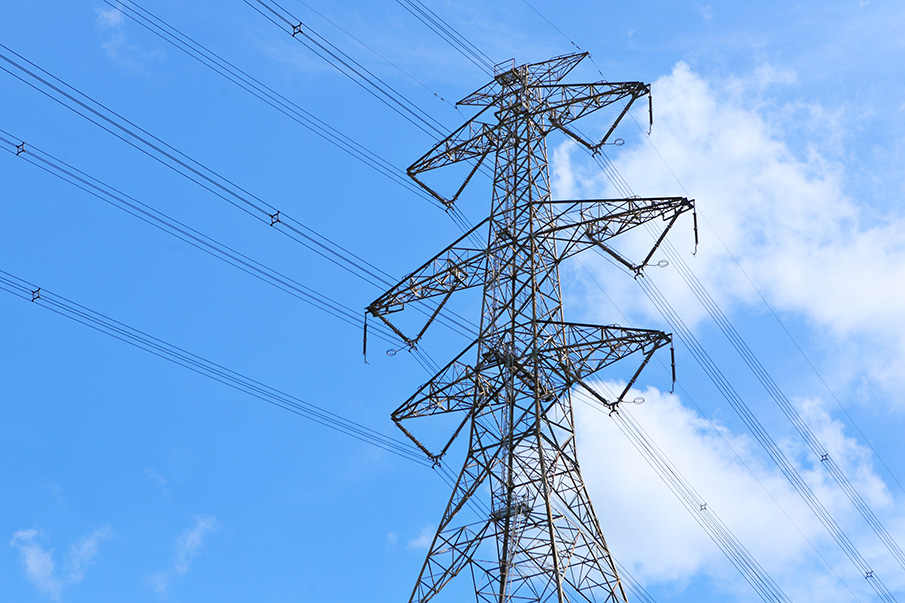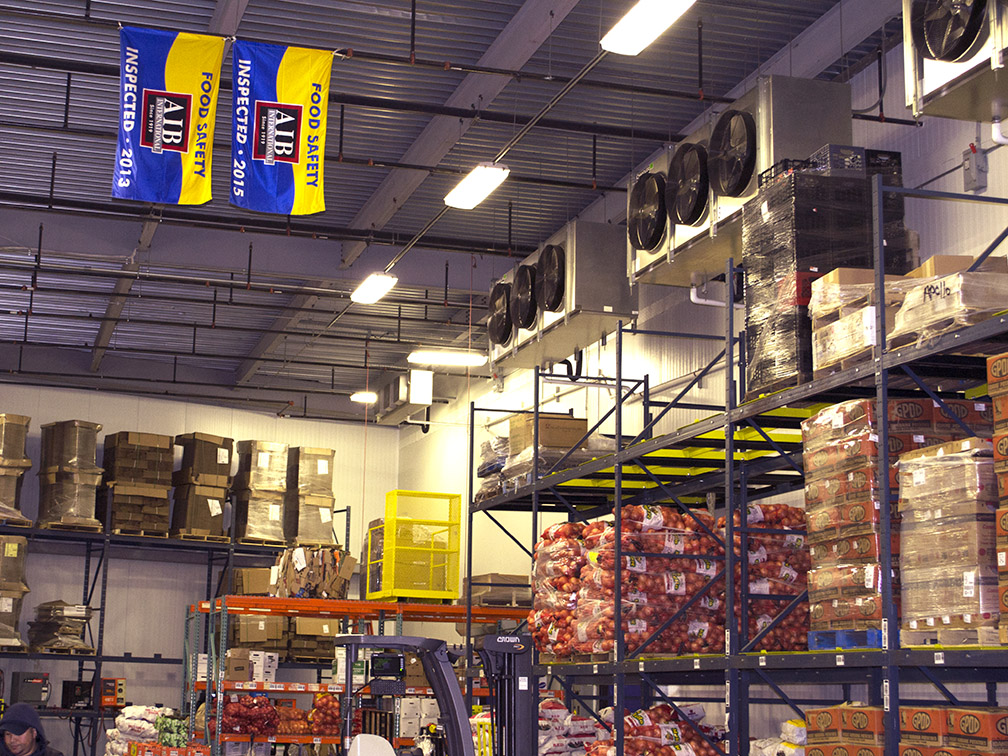In this new weekly blog series, NRM will highlight an issue a customer had and was able to resolve with our industry-leading control and monitoring solutions. Some of the most serious refrigeration problems can go undetected and result in equipment failures and/or product loss.
Problem of the Week: Cooling (HVAC) and Heating at the Same Time
As is often the case with large, complex systems that we don’t personally have the appropriate knowledge or training for, owners/operators, mangers, and regular staff usually regard their business’ commercial or industrial refrigeration equipment with an “out of sight, out of mind” mentality. Without the necessary technical expertise to professionally diagnose a problem, they either pay the system little to no attention, or interact with it and don’t consider the consequences (because they’re not aware any exist). This can often lead to many, expensive service calls or, worse, an issue that can not only degrade the equipment but ruin it.
This new blog series, NRM’s Refrigeration Problem of the Week, will take a look at real-world situations where unique control and monitoring tools averted disaster for a business.
In today’s post, we take a look at a common occurrence in retail locations that are comprised of both a convenience store and a quick-service restaurant. Sometimes it’s convenience paired with coffees and doughnuts. Sometimes it’s convenience paired with sandwiches or pizza. Either way, though, both areas have impacts on the temperatures and operations of the other, and both affect the amount of energy your business uses.
So what is the common occurrence? One half of the retail location calling for heating while the other half calls for cooling.
A client of ours chose to expand our refrigeration platform to encompass his location’s HVAC systems into the management system and dashboard. This meant he had unmatched insight and control for his refrigeration systems, his heating system, and his cooling system from a single hub.
As a result, he was quickly alerted to the operational discrepancy that the cooling system in the quick-service half of the retail location was running at a near-constant level. While it makes sense that the food-production area would be consistently warmer, on account of the increased activity and ovens in the space, there existed ways to optimize when and how often it ran.

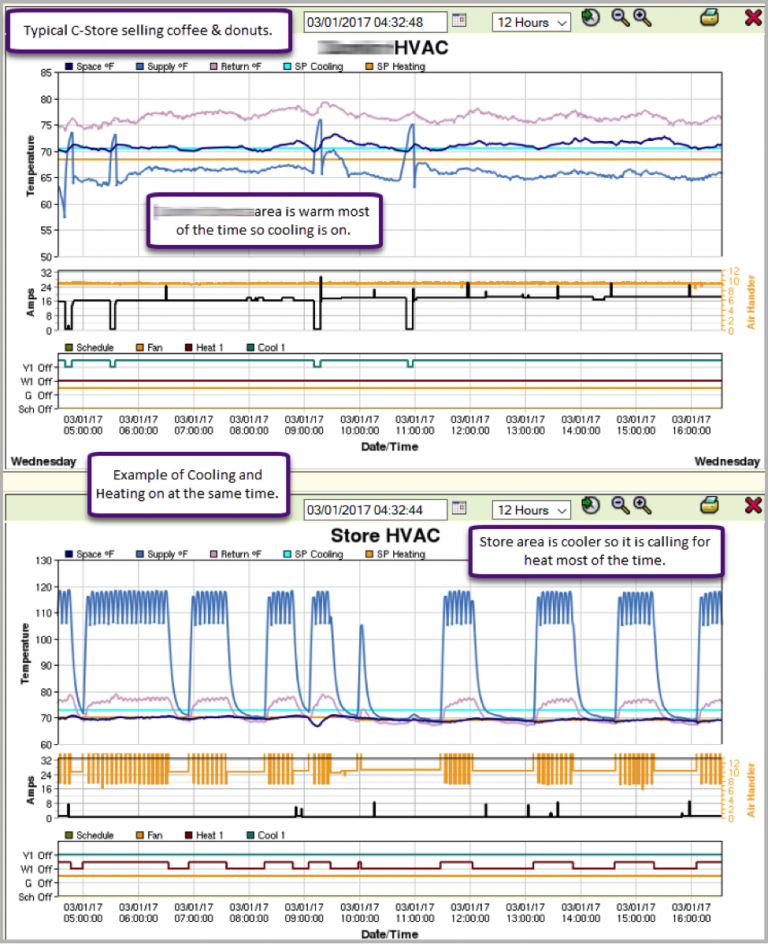
Having analyzed the trend, NRM suggested to the client that some duct work and an inline fan would collect warm air from in the quick-service half and transfer it to the convenience-store half. This would help relieve the consistently high space temperatures while simultaneously lowering how much the cooling system had to run.
But without NRM’s monitoring tools, the client would never have been made aware of the sub-optimal performance. He was able to remedy an issue, improve airflow throughout the store, and save energy (and money).

